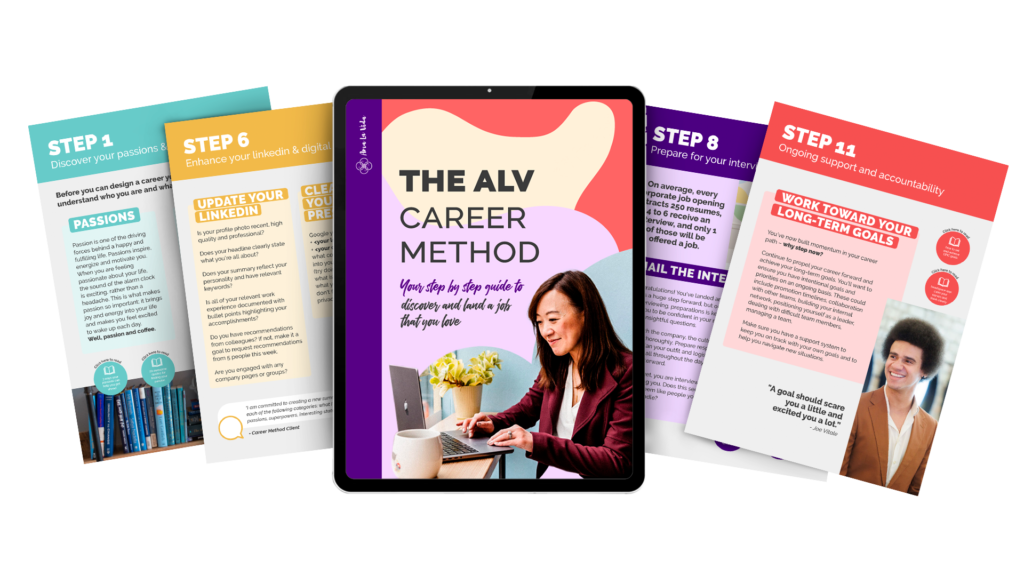When It Comes to Ideas, Fuel Them Don’t Dilute Them

I have worked at companies or on specific projects where I would come up with an idea that I thought was pretty good. An idea to solve a business problem. To attempt to fill a hole that would otherwise sit there and gobble up time and money. So, in a burst of inspiration, I’d take charge and propose a solution. Perhaps not a perfect solution but a starting point.
I’d begin to discuss it with others whose approval I’d require or whose functional expertise I’d need to draw on. And the more I’d discuss it with others, the worse the idea would become. I’d hear “no” after “no” – all reasons why the idea wasn’t perfect. All obstacles standing in the way of it filling the hole. All completely valid statements, for the record, but unproductive ones. So I’d have to change the idea to keep it moving, lest it die right then and there. With each “no” the idea would get more watered down, to the point that it became unrecognizable, and at the end it was hardly an idea at all. While at first my plan was to fill the hole, the idea had become more like laying a piece of paper over it. Why bother.
At Ama La Vida, coming up with ideas is fun. We have no shortage of business problems; everywhere we look there are holes to be filled. But now when I propose a solution, even a mediocre or outlandish one, I have faith it will grow into something that fills the hole and solves the problem. I’ll share the idea with my team, and the more I talk to others about it, the bigger and better it becomes. It gets more power behind it. The crappy parts get striped away. It gets shinier and shinier as it gains momentum. Before you know it, it becomes real.
The difference in the experiences is represented by this visual:
If you want to make progress, be innovative, beat the competition and keep your customers happy, you want your company to be an Idea Fueler not an Idea Diluter. Sure it’s much easier to be a Fueler when you are still very small. Fewer stakeholders. Fewer customers impacted. Fewer approvals required. But if you care enough, you can be a Fueler at any size. And if you aren’t careful, you can be a Diluter at any size too.
Here are some ways ALV has built a culture of idea fueling that I welcome you to explore.
- We’re obsessed with our customer – The more you care about your customer, the more the holes to be filled are even visible to you. And the less you’re willing to tolerate them being around, especially if they are harming your customer experience. When I let a customer down, and of course this is inevitable, I treat it like I let my best friend or family member down, regardless of how well I know them or how much they spend with us. I fix the problem, I’m transparent and I’m apologetic. I put my heart into making it right and then some, not just because I want to preserve the relationship but because I truly give a shit about that person’s life. And the whole ALV team operates this way. The first step to fueling ideas to fix business problems for you and your customer is to build a culture of people who are obsessed with solving them. A culture of people who take business problems personally.
- We talk about idea fueling and practice it – It may seem unnatural to try and teach your team this behavior, but if you don’t discuss it, you can’t expect them to do it. I have talked to my team very directly about the importance of fueling each other’s ideas, and I have led them in exercises to help us practice it in a safe environment.
- We create a safe space – Whenever someone presents an idea, no matter how seemingly crazy or unrealistic, we entertain it. Even if we don’t immediately accept it, we approach it with curiosity and encourage the idea generator to tell us more. This creates a space where people feel comfortable, even excited, to share their ideas.
- We call out bad behavior – Sometimes your knee-jerk reaction will still be to shoot down an idea. To jump right to the “we can’t’s'” instead of the “what if’s.” To immediately reply that the idea is just too out there or too expensive. It happens. It happens to us sometimes. But when we make that mistake, someone on the teams calls it out. “Hey guys, you just crapped on my idea. That’s not how we do things here.” And we all acknowledge that person’s feelings and assessment of the situation. They’re right. We apologize and give them the floor. We make the same call out for one another if we see idea diluting happening to a peer. If you want to build a good behavior as standard practice, you can’t let the bad behavior fly.
- We’re faced with unreasonable challenges – As a self-funded startup with an incredibly lean team, we face challenges on a daily basis which are beyond unreasonable for us to solve with so few people and resources. But we get creative, and we work our butts off to solve them every time. I hope as we grow, we continue to have more resources to make more delicate and seamless solutions. But I want to ensure that we never lose that scrappiness. That ability to create something from nothing because nothing’s all we had to work with at the time. I will continue to challenge my team to propose solutions and build them with not enough time, people or money. It’s the opposite of spending a budget because you have it. It’s building a solution with less than you have because it’s possible.
Don’t forget, the more you dilute ideas, the less likely your people are to propose any solution the next time around. They get so frustrated that it becomes easier to ignore the hole than to put their energy into trying to fill it. Even when the solution seems crazy or crappy at first glance, remember your teammate was brave enough to propose a solution in the first place. They took a risk. Made themselves vulnerable. Any coward can tell you why something won’t work. Be brave enough to help them fuel an idea that will.









